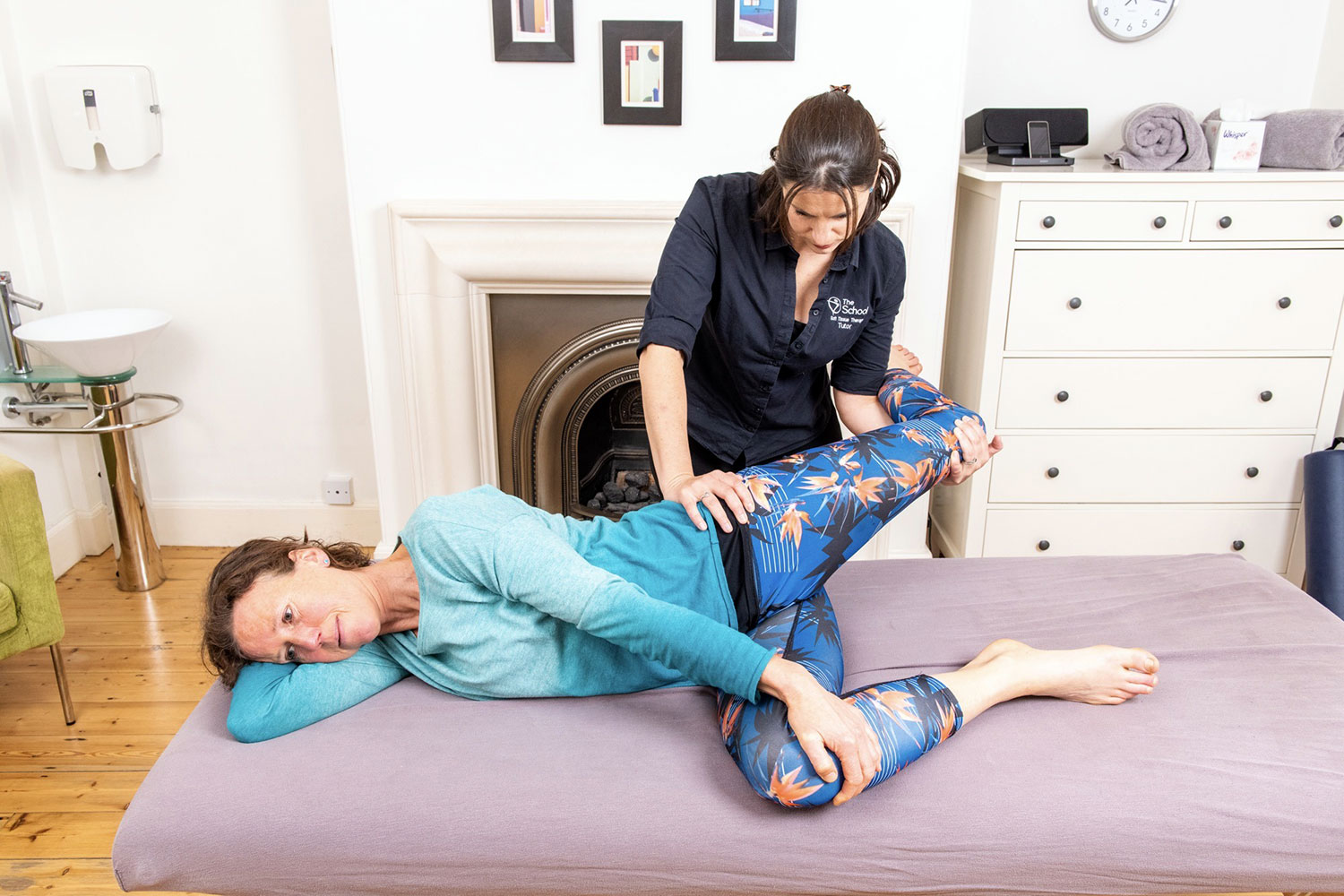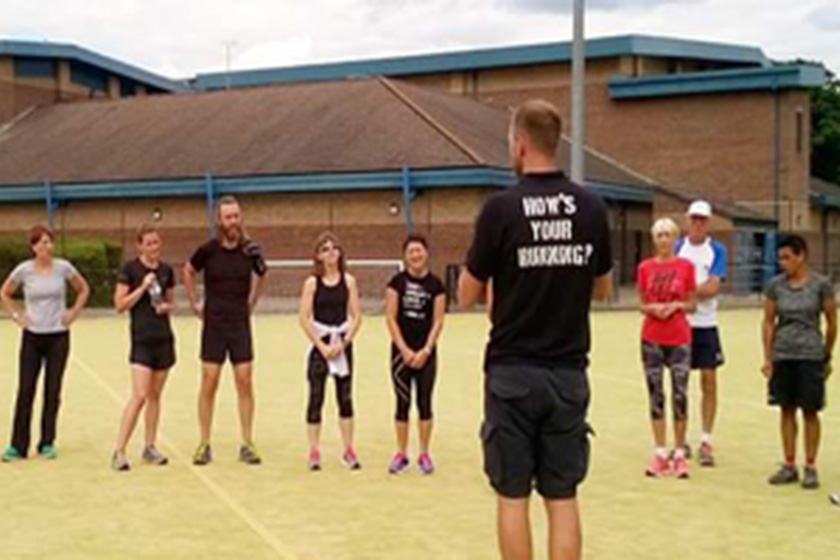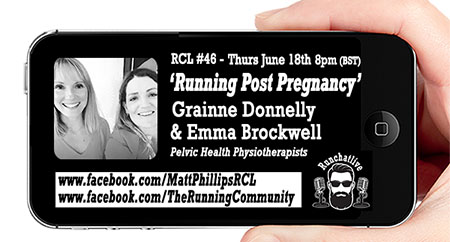When you begin your journey to becoming a Sports Massage or Soft Tissue Therapist choosing the right course for you will likely be the biggest decision you make in your new career. And if you have started looking into the different courses available one of the first things you may have noticed is that there are different Levels available. So how do you know which Level is right for you?
Scope of Practice
When deciding which level of course to undertake it is important to consider what your end goal is, what type of therapist you would like to be and ultimately, what Scope of Practice you want to work with. Scope of Practice describes the knowledge and skills that you have and in turn the services/interventions that you are trained and competent to perform. For example, as a Level 3 sports massage therapist your scope of practice is likely to be the provision of sports massage to a healthy individual without injury, whereas a level 5 Soft Tissue Therapist’s Scope of practice may include assessing and treating certain injuries, more on this in a moment. So, it’s well worth spending some time considering what you would like to be able to do and the type of clients you would like to work with when you qualify and allow that to inform your choice of level.
In our profession our Scope of Practice is generally linked to your insurance to practice. Therefore, when you are speaking to course providers it’s important that you ask what your Scope of Practice will be when you qualify and which insurance providers will cover you to practice under that scope of practice
So now you have an idea what you’d like your Scope of Practice to be let’s have a look at the different levels:
Level 3
Level 3 is the minimum required qualification to practice as a Sports Massage Therapist. A good Level 3 course will cover the fundamental skills and knowledge required to give a comprehensive sports massage to a healthy individual who is not suffering from pain or injury. This includes massage techniques, foundation anatomy and physiology, screening clients for contraindications and record keeping. The type of clients you are likely to go on to work with are those that enjoy regular treatment as a way of managing general muscle soreness, for relaxation or as part of their wider well-being routine.
The courses on offer at Level 3 can vary greatly in their delivery methods, content and quality. They can range from a purely online course to in-person courses lasting a few months. You can find more advice on choosing your course HERE but it is worth bearing in mind that giving treatment is a hands-on skill so we think an amount of in-person teaching is essential!
Level 4
Level 4 courses build on the skills and knowledge covered at Level 3. As well as fundamental massage skills courses are likely to cover what are known as advance soft tissue techniques. These are a variety of manual therapy techniques which can be incorporated into treatments to allow clients to experience different movements and modulate pain or discomfort. Some courses may also look in a bit more depth at anatomy and physiology and the mechanisms of pain and injury. It’s at Level 4 you may start hearing the term Soft Tissue Therapist rather than Sports Massage therapist, this is used to reflect the wider range of skills you will learn.
As a Level 4 therapist your Scope of Practice will vary on the particular course that you complete and the insurance that is available with that particular qualification, it is important to check this with your course provider before signing up to a course. Generally speaking, a level 4 course will teach you a larger set of hands-on skills and greater depth of knowledge.
Again, courses can vary greatly in their content and level of detail so it is worth asking any training provider exactly what their course will cover. Level 4 courses will generally take 6 – 12 months to complete on a part-time basis.
Level 5
As a Level 5 therapist your scope of practice will allow you to assess, treat and rehabilitate certain types of injury and pain in your clients. As well as teaching you all the skills covered at Level 3 & 4, Level 5 will cover in much greater detail the mechanisms of injury, pain science, joint and soft tissue assessment and rehabilitation strategies. This level of qualification will introduce clinical reasoning to allow you to work with clients that are currently experiencing pain or injury using a combination of massage, hands-on techniques and active rehabilitation to help them recover. At level 5 there is the opportunity to work with a wide variety of clients. Everything from an athlete who has sustained an injury to an office worker with back pain to someone managing an ongoing medical condition.
On a Level 5 course you should expect a greater number of contact hours with your tutors and a more thorough assessment process. Level 5 courses will generally take 1 year to complete on a part-time basis. Curriculums will vary between providers so we would always advise that you speak to a number of providers to choose the course that meets your needs, interests and what you wish to go on to do.
Do I need to complete call three Levels separately?
NO! This is a common misconception and one we would really like to dispel!
It is not necessary to complete each level separately. Level 3, 4 and 5 are all considered Entry Level qualifications, meaning it is possible to complete them with little or no previous experience. This will depend on the individual training provider; some may require you to progress through each level separately but there are other providers that offer Level 4 or 5 courses which cover everything that you would learn on the lower levels.
You can start with a level 3 course, achieve a certificate then progress to level 4 and achieve another certificate and finally to level 5. This will certainly take longer and ultimately be more expensive than going straight to a Level 5 course, such as that provided by The ST School, which will cover everything that you would do on a Level 3, 4 & 5 course. The ST School course also allows you to obtain insurance to practice once you cover all the content you would cover on a level 3 so you can start earning whilst you continue your training.
This is why it is so important to consider now what you would ultimately like your Scope of Practice to be. If you know you would like to be working with people with pain and injury, it would be most time and cost effective for you to find a training provider that will offer direct entry onto level 5.
What else should I consider
Some professional organisations, employers and sports clubs have a minimum level requirement for qualification. For example, some multi-disciplinary clinics may ask for a Level 5 therapist as a minimum. It is worth contacting any potential employers, groups you wish to work with or organisations you are interested in joining to ensure that they accept the level of qualification you are considering undertaking.
Choosing the Level is just one factor in choosing your course. Arguable more important is choosing a course that is going to meet your needs and be of a high enough standard that it equips you to embark on your new career with the confidence and skills you need. For some more general tips on choosing your course check out our 10 questions to ask when choosing your Sports Massage Course





